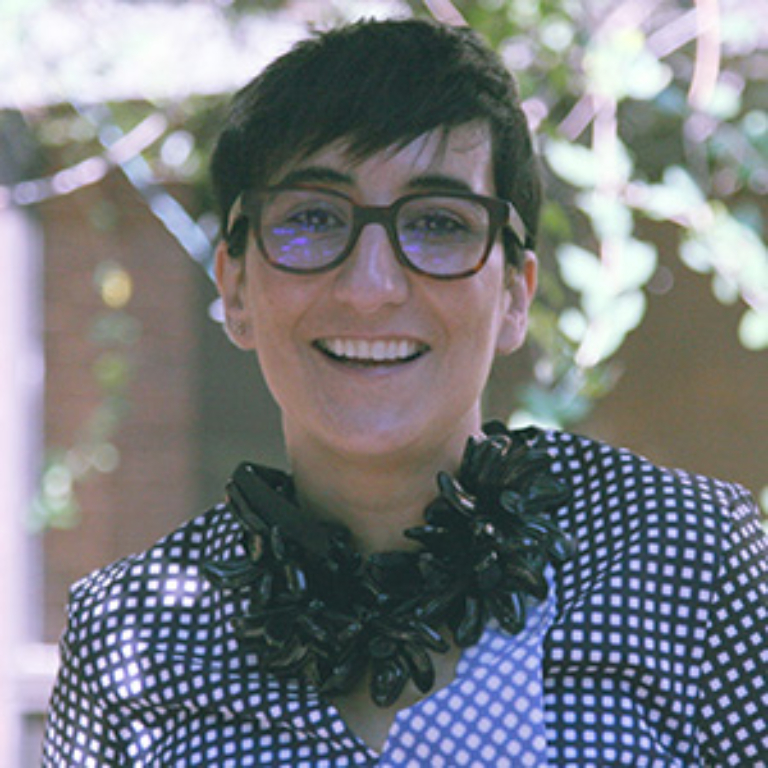The N.C.A.A. announced on Friday that it would welcome fans — tens of thousands of them — to Indianapolis and San Antonio, where the entire men’s and women’s basketball tournaments are to be held this season, in a move that will generate millions in ticket revenue but risk further spread of the coronavirus to and from far-flung regions of the country.
The 68-team men’s tournament, which begins on March 18, will be played in Indianapolis before crowds of up to 25 percent capacity at sites ranging from the quaint 9,100-seat Hinkle Fieldhouse, where the movie “Hoosiers” was filmed, to the cavernous Lucas Oil Fieldhouse, which in a normal year could hold up to 70,000 fans for the regional finals and the Final Four.
The 64-team women’s tournament, which begins on March 21, will allow up to 17 percent capacity from the regional semifinals through the championship final in San Antonio. Those games will be played at the Alamodome, which has a 31,900-seat capacity for basketball. (Crowds at the first- and second-round games, some of which will be played in small arenas, will be limited to several hundred friends and family members.) The capacity limits were decided after consultation with local health authorities, the N.C.A.A. said.
Still, several public health experts said they were baffled by the decision.
Previously, plans had been made for family and friends to attend the games with each player, and for coaches and staff member to each receive six tickets. Those guests would be prohibited from interacting with players, coaches or staff members during the tournament.
But having thousands of fans arrive from all over the country without the same measures creates a risk of turning the tournaments into super-spreader events, said Ana Bento, an assistant professor at the Indiana University School of Public Health’s Department of Epidemiology and Biostatistics.
Fans will be required only to wear masks and to practice social distancing in the arenas.
“At this point in the epidemic, we can no longer say we don’t know enough,” Bento said. “We know what to avoid in order to minimize risk. This is something that carries a lot of risk.”



